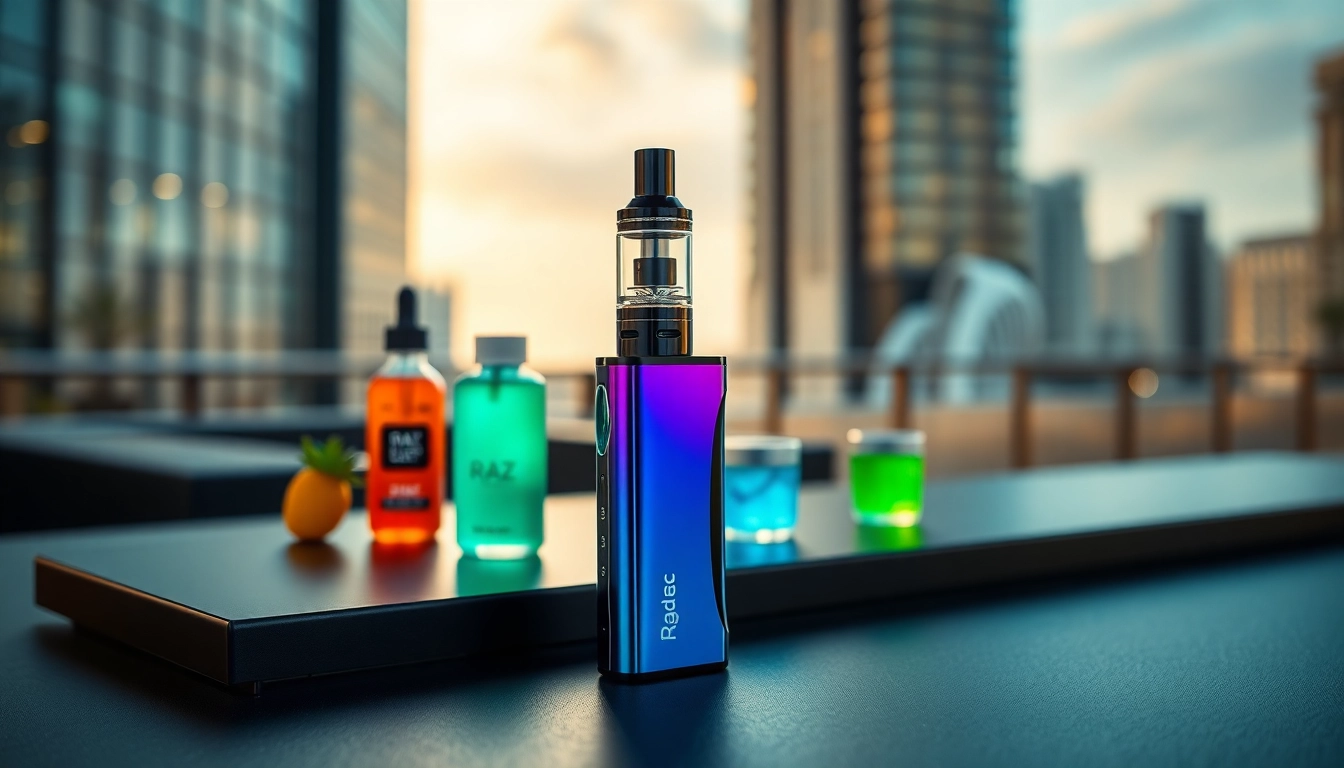
What is a SEER Rating?
The Definition of SEER
SEER stands for Seasonal Energy Efficiency Ratio. It is a metric used to measure the efficiency of air conditioners and heat pumps, allowing consumers to make informed decisions when purchasing HVAC systems. The SEER rating represents the cooling output of the unit during a typical cooling season, divided by the total energy consumed in watt-hours over the same period. Essentially, a higher SEER rating indicates a more energy-efficient system. For example, an air conditioner with a SEER rating of 16 provides 16 BTUs (British Thermal Units) of cooling for every watt-hour consumed. This efficiency measurement is crucial in evaluating both the performance and operational cost of air conditioning systems.
How SEER Rating is Calculated
The SEER rating is calculated by determining the cooling output (measured in BTUs) provided by the air conditioner over an average cooling season and dividing it by the total electric energy input (in watt-hours) consumed during the same period. Here’s a simplified formula for understanding SEER:
SEER = Total Cooling Output (BTUs) / Total Energy Input (Watt-hours).
This calculation standardizes the energy efficiency of different models and allows consumers to compare systems effectively. Manufacturers typically compute the SEER using a standardized test procedure conducted under specific conditions set by the American Society of Heating, Refrigerating and Air-Conditioning Engineers (ASHRAE).
Importance of SEER in Air Conditioning
Understanding SEER ratings is vital for several reasons. Firstly, it allows consumers to gauge energy efficiency, which in turn influences both utility bills and environmental impact. Air conditioning units with higher SEER ratings consume less energy, leading to reduced carbon footprints. Furthermore, many regions have adopted regulations requiring minimum SEER ratings for new HVAC systems to encourage energy savings. Consequently, being informed about SEER ratings can significantly impact utility costs, overall comfort, and the sustainability of cooling practices.
Why Understanding SEER Ratings Matters
Impact on Energy Costs
Energy costs can account for a significant portion of a household’s monthly expenses, particularly in warmer climates where air conditioning is essential. The efficiency of your AC unit, as indicated by its SEER rating, directly affects these costs. For instance, a unit with a SEER rating of 14 will consume approximately 13-14% more energy annually than a unit rated at 16 SEER. This difference can translate to substantial savings on energy bills, especially during peak usage months.
Consulting resources such as the what is a seer rating on air conditioners can help you understand these differences more thoroughly. By investing in a higher-efficiency system, homeowners can often recoup the initial investment within a few years through energy savings.
Environmental Benefits of High SEER Ratings
Higher SEER ratings not only reduce energy costs but also contribute to lower greenhouse gas emissions. High-efficiency air conditioners use less electricity, which, in many areas, means less reliance on fossil-fuel-powered energy sources. This reduced energy consumption plays a critical role in combating climate change and promoting sustainability.
Moreover, many utility companies offer incentives or rebates for purchasing high-SEER-rated systems as part of their demand-side management programs. This further enhances the value of choosing an energy-efficient air conditioner, aligning economic interests with environmental responsibility.
Regulatory Standards and Guidelines
In the United States, the Department of Energy (DOE) sets minimum SEER ratings for air conditioners to ensure that consumers benefit from improved energy efficiency. As of January 1, 2023, the minimum SEER rating for new residential air conditioners was raised to 14 SEER in the Northern region and 15 SEER in the Southern region. Understanding these standards helps consumers avoid investing in subpar systems that do not meet current efficiency regulations.
Comparing SEER Ratings: What to Look For
Minimum SEER Ratings by Region
Regional climate and energy requirements greatly influence the minimum SEER ratings. In the Northern U.S., where cooling needs may be moderate, the minimum SEER requirement is set at 14. In contrast, the Southern U.S., where summers are hotter and longer, requires a minimum of 15 SEER. Being aware of these differences can help consumers choose the most appropriate system for their region’s climate and regulations.
Optimal SEER Ratings for Different Climates
When selecting an air conditioning unit, it’s crucial to consider the climate of your geographic location. For example:
- Hot and Humid Climates: A SEER rating of 16 or higher is often recommended to ensure efficiency in high-temperature, high-humidity conditions.
- Moderate Climates: A SEER rating of 14 to 16 may be sufficient, balancing cost and performance.
- Cooler Climates: SEER ratings can be lower, with 13 to 14 being acceptable, since air conditioning use is less frequent.
Understanding these guidelines will help consumers invest wisely based on their local conditions.
How to Assess Your Current System’s SEER
Homeowners can usually find the SEER rating of their current air conditioning system on the unit’s data plate, typically located on the outside of the AC unit or in the user manual. If the SEER rating is not explicitly listed, homeowners can approximate it based on the age of the unit. Air conditioning systems manufactured before 2006 typically have lower SEER ratings, often ranging from 10 to 12. As a rule of thumb, if your unit is over 10 years old, it may be time to consider an upgrade to a more energy-efficient model.
Investing in a High SEER Air Conditioner
Cost vs. Efficiency: Making the Right Choice
When purchasing an air conditioner, the initial cost of the unit often weighs heavily on the decision-making process. Higher SEER-rated models typically come with a higher price tag, which can dissuade some consumers. However, it is essential to consider the long-term savings on utility bills that an efficient unit may provide.
To aid in the decision-making process: evaluate the total cost of ownership (TCO), which includes the purchase price, installation costs, and expected operational costs over the unit’s lifespan. With a higher SEER, the energy bills will generally decrease, offsetting the initial costs and ultimately leading to significant savings.
Long-term Savings on Utility Bills
Investing in a high SEER air conditioner can lead to considerable savings on utility bills. For example, the difference in energy consumption between a 14 SEER and a 16 SEER unit can yield savings of approximately 13 to 14% on cooling costs. This estimate can equate to hundreds of dollars in yearly savings, particularly in areas with extended cooling seasons. To put this into perspective, if a household spends $1,200 on cooling annually, switching to a 16 SEER unit could reduce that cost to around $1,030, representing a tangible return on investment.
Choosing the Right System for Your Home
Selecting the right air conditioning system involves more than just considering the SEER rating. Factors such as the size of your home, insulation quality, local climate, and your family’s comfort needs also play a significant role. Consulting with a qualified HVAC professional can provide guidance in assessing these factors and ensuring you select a suitable system that efficiently meets your needs.
Additionally, consider features such as variable-speed compressors, smart thermostats, and zoning options that enhance energy savings and comfort levels. These features can work collaboratively with a high SEER rating to optimize energy efficiency.
Common Misconceptions about SEER Ratings
Is Higher Always Better?
While higher SEER ratings generally indicate better energy efficiency, they may not always be the ideal choice for every homeowner. Depending on usage patterns, geographic location, and budget constraints, a somewhat lower-rated system could suffice. It’s crucial to balance energy efficiency with the expected use and specific climatic demands of your area. Sometimes, a system with a SEER rating of 15 might be smart for a home where air conditioning is used less frequently.
The Real Cost of Low SEER Ratings
Opting for an air conditioning system with a low SEER rating may seem economically advantageous due to the lower upfront cost, but it can lead to higher utility bills. Over time, this decision can result in greater overall expenses. Moreover, lower efficiency systems may not provide the same comfort levels, leading homeowners to run their units more frequently, which exacerbates energy consumption. It is essential to project long-term expenses accurately when assessing the cost of low SEER ratings.
Understanding Maintenance and Its Impact on SEER
The SEER rating of an air conditioner is only part of the equation; proper maintenance is essential to maintaining its efficiency. Regular maintenance, such as cleaning coils, replacing filters, and examining refrigerant levels, ensures that the system continues to operate near its optimal SEER rating throughout its lifespan. Neglected systems can experience efficiency losses, leading to increased energy consumption and higher bills. Investing in annual professional servicing can ensure the longevity and performance of your air conditioning system.







